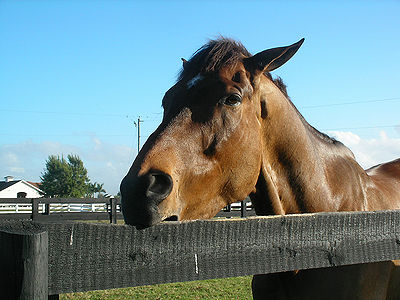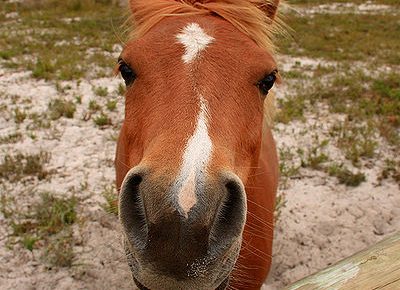
If only our pet could speak our language and tell us where it hurts. Since that’s not possible, it’s up to us to learn their language. Animals can communicate pain in ways that we are not aware of. Most animals, especially prey animals like horses, are very good at hiding their pain. It’s instinctual and similar to a safety net for them.
Researchers at the Utrecht University in the Netherlands have developed a scale to measure pain in horses, calling it the “composite pain scale”, (CPS). Their model was a pain scale developed by French and Canadian researchers to measure acute musculoskeletal pain.
The Utrecht University CPS evaluates pain in the musculoskeletal and abdominal areas. Judged are behaviors such as restlessness, sweating, muscle tremors, pawing, excessive shifting of weight, aggression, appetite loss. Breathing, intestinal sounds and temperature are checked as well.
Since each horse is an individual and may respond differently to pain, the CPS may not be 100% accurate, but can be relied upon to determine most reactions.
In tests, observers scored 48 horses after emergency colic surgery. Observations by the participants, both human and horses, were found to be consistent. Prognosis after surgery showed that those horses that scored high on the CPS were more apt to require a second surgery or be euthanized than the lower scoring horses.
Research is ongoing with the goal being the use of CPS worldwide and for any type of pain.



